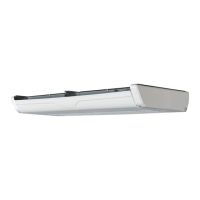
Do you have a question about the Mitsubishi TU100SAE and is the answer not in the manual?
| Brand | Mitsubishi |
|---|---|
| Model | TU100SAE |
| Category | Refrigerator |
| Language | English |
Explains how to switch between engine and motor drive based on power supply availability.
Details how to select between automatic start/stop and continuous operation modes.
Covers the methods for initiating and managing automatic or manual defrosting operations.
Guides users on performing self-diagnosis (PTI) for the refrigeration unit.
Illustrates the layout and location of major components for the single specification.
Identifies the individual parts and components of the evaporator unit.
Details all components and parts of the condensing unit.
Explains the functions and operation of the cabin controller buttons.
Describes the digital display segments, temperature symbols, and function icons.
Lists and explains the safety protective devices built into the unit.
Explains the meaning of safety signs, symbols, and warning labels.
Provides essential safety measures for general operation, handling, and environment.
Details first aid and emergency response for exposure to refrigerant, oil, or coolant.
Instructs on proper care, maintenance, and replacement of warning labels.
Explains the various display modes and how to navigate through them.
Details the structure and navigation within the user setting mode.
Provides a step-by-step guide to set the unit's current time and date.
Guides on how to set the interval timer for defrosting operations.
Explains the procedure for forced fuel circulation to supply the engine.
Step-by-step instructions for powering on the refrigeration unit.
Explains how to operate the unit using either the engine or the motor drive.
Details how to choose between automatic and continuous operation patterns.
Provides instructions for performing a normal stop of the refrigeration unit.
Guides on how to set the desired inside container temperature.
Explains the procedure to start and stop manual defrosting.
Details the process of performing self-diagnosis before operation.
Outlines essential steps and precautions to take before loading cargo.
Describes the correct procedures for loading and unloading cargo.
Essential safety measures and warnings before performing inspections.
Guides for daily checks, including cooling water quantity and moving sections.
Details how to check and maintain the engine oil level.
Information regarding scheduled periodic inspections and service intervals.
Lists specifications for applicable oils, coolant, and water.
Explains how to read and interpret alarm codes and warning icons.
Provides general instructions for troubleshooting and addressing issues.
Guides on how to safely replace fuses in the control box.
Lists information to provide to a dealer for service or troubleshooting.
Comprehensive list of alarm codes, their troubles, and countermeasures.
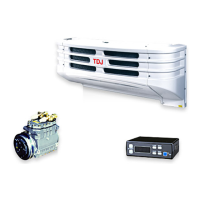


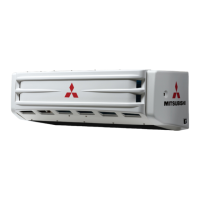
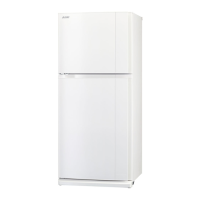

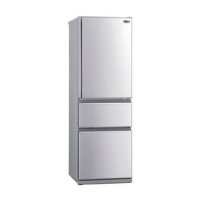
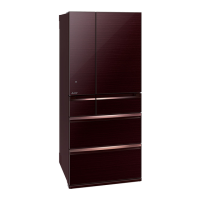
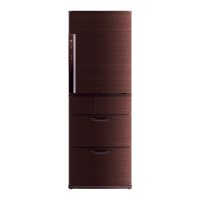


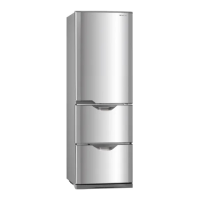
